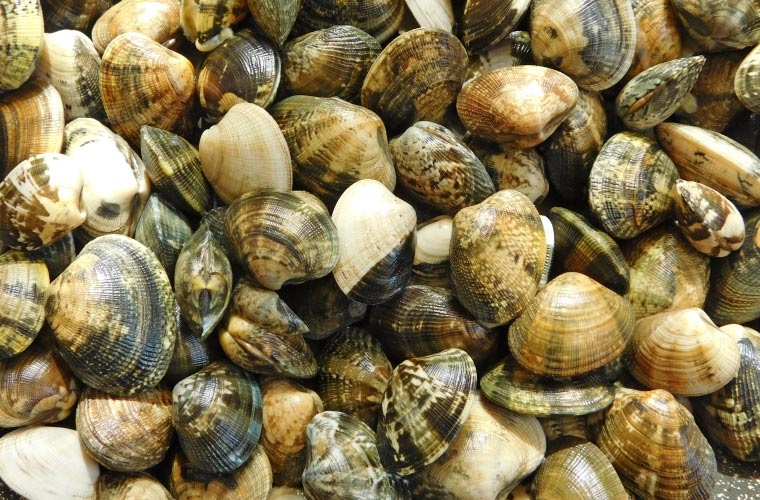
The protracted and controversial scientific debate over whether bivalve molluscs act as net CO2 sinks or emitters has reached a provisional verdict thanks to pioneering research. A team led by researchers from the Yellow Sea Fisheries Research Institute and the Laoshan Laboratory in Qingdao, China, has determined that the Manila clam (Ruditapes philippinarum), one of the world’s most important aquaculture species, is a net carbon sink throughout its cultivation cycle.
The study focused on the dynamic and explicit quantification of the species’ carbon storage potential in the aquaculture system of Sanggou Bay. The researchers calculated that each clam stored an average of 973 milligrams of carbon annually, which is equivalent to the impressive figure of 3,561 milligrams of CO2 removed from the water column per individual each year.
The most significant finding in the breakdown of where and how this carbon is stored. The process occurs through two long-term sequestration mechanisms: 296 milligrams of carbon is allocated to shell formation (inorganic carbon), and an even larger amount, 677 milligrams of carbon, is transported to the marine sediment through biodeposition (faeces and pseudofaeces) – a crucial mechanism that prevents the release of organic carbon and sequesters it in the seabed.
The research also introduces a methodological novelty and an integrated framework. For their assessment, the scientists developed a bioenergetic model based on Dynamic Energy Budget theory, which allowed for the continuous analysis of the clam’s carbon budget dynamics over 365 days. This approach addresses a “notable gap” in the literature on this species, particularly in Chinese aquaculture systems based on extensive cultivation in open sea and intertidal zones.
The study also examines the carbon balance between storage and emissions. Although the clam’s metabolism releases CO₂ into the water through respiration and calcification — with emissions peaking at 1.70 milligrams of carbon per day in May due to respiration — the authors note that these releases are part of the short-term carbon cycle and are quickly reabsorbed by phytoplankton. In contrast, the carbon stored in the shell and sediment represents genuine long-term sequestration.
Overall, the researchers conclude that the Manila clam is not only a sustainable food source but also a nature-based solution with strong potential for inclusion in climate change mitigation strategies and the Blue Economy.
The Controversy Persists: The Carbon Flux Argument
Despite this study, the debate over the climatic role of bivalves remains open among a segment of the scientific community. Arguments against considering them “net sinks” focus precisely on the carbon balance.
Critics point out that calcification for shell formation is not only a sink (the CaCO3 in the shell) but also a source of CO2 for the surrounding water, which could potentially local acidify the environment or decrease the ocean’s capacity to absorb atmospheric.
Furthermore, some studies suggest that biodeposition can stimulate the release of CO2 and methane from sediment through micriobial processes. These factors, the sceptics argue, require a more exhaustive and locations-specific assessment to determine the actual net impact of bivalve aquaculture on the global carbon balance.
Reference:
Jiang, W., Li, W., Lin, F., Fang, J., Mao, Y., Fang, J., & Jiang, Z. (2026). A modeling approach for dynamically assessing the carbon storage potential of the Manila clam Ruditapes philippinarum in typical aquaculture systems. Aquaculture, 612, 743293


